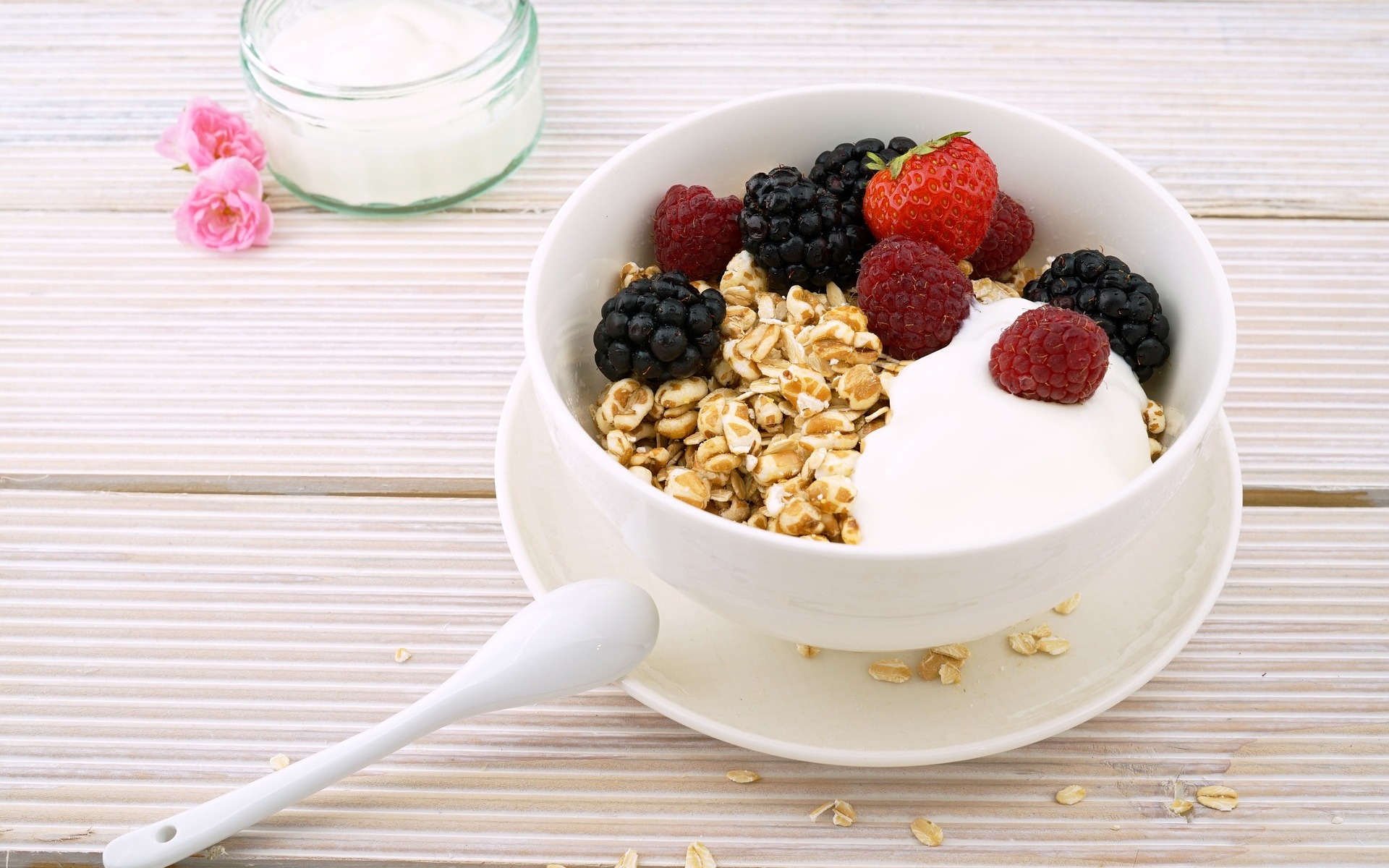You might want to read the small print next time you chow down.
Granola has, what is known in the industry, as a ‘health halo’. This means we consumers automatically think of it as ‘healthy’ and ‘wholesome’ without any facts to back it up.
So, why do we do this? Have we all been served up some insane propaganda without realising?
The unfortunate truth is, well… yeah, kinda.
A brief history of granola
In the late 19th-century, granola (or ‘granula’ as it was first known before Kellogg’s trademarked the title), was an unsweetened wholegrain product which was baked into a crisp. It was promoted as a healthier alternative to the greasy fried breakfasts people loved to chomp on during those times and soon became a favourite amongst health advocates.
However, the problem for granola was that common people (i.e. the working class) hated the taste. ‘No flavour’ was the common response. ‘Tastes like cardboard’ was another.
So, what did the manufacturers do? They started adding sugar, dried fruit and nuts. Naturally, sales went through the sugared-glass roof.
‘Granola’ soon became a firm favourite at the everyman’s breakfast table. Sugar, it seemed, was going nowhere.

Today’s granola
Now, in the 21st century, the sugar levels in standard granola are astronomical.
Let’s take Nature’s Path Mixed Berry Granola, for instance.
Nature’s Path Granola
This is labelled an ‘organic and gluten-free granola’. Plus, it’s ‘organic’ and ‘gluten-free’. Sounds healthy, right?
NAHT.
Look at what’s in it.
Gluten Free Rolled Oats*, Raw Cane Sugar*, Sunflower Oil*, Yogurt Chips (1%)* (Sugar*, Palm Kernel Oil*, Non-Fat Milk Powder*, Lactic Acid, Emulsifier: Soy Lecithin*, Salt, Vanilla*), Rice Starch*, Freeze-Dried Blueberries (0.5%)*, Freeze-Dried Berry Blend* (0.5%)* (Strawberries*, Raspberries*), Sea Salt, Natural Flavour, Antioxidant: Tocopherol-Rich Extract, *Organic
As you can see, sugar and oil are the top ‘binding agents’ (without them, the granola would simply be a muesli). What’s more, per 100g there is 27G OF SUGAR. That’s nearly 7 teaspoons of sugar – 2g more than the recommended daily allowance of sugar for women.
Now let’s go to the brand who started it all: Kellogg’s Crunchy Nut Granola.
Kellogg’s Granola
These are the ingredients:
Rolled Oats (42%), Dried Fruit (17%) (Sultanas, Banana {Banana, Coconut Oil, Sugar}, Cranberry {Cranberry, Sugar, Sunflower Oil}, Apple), Sugar, Palm Oil, Wheat Flour, Nuts (6%) (Almonds, Hazelnuts), Dried Coconut, Molasses, Salt, Barley Malt Extract, Cinnamon, Vitamins & Minerals: Niacin, Iron, Vitamin B6, Vitamin B2 (Riboflavin), Vitamin B1 (Thiamin), Folic Acid, Vitamin B12
Here, there are three types of oil and a huge FIVE types of sugar (‘molasses’ is just a fancy name for brown sugar and ‘barley malt extract’ is a syrup-like extract from barley, not dissimilar from processed honey).
The result? A ‘healthy’ granola with 27g of sugar (again, 2g more than the RDA sugar) and just under half of the RDA saturated fat.
Let’s just chew on that for a second.
Granola is a product which is high in fat and sugar and yet we buy it assuming it’s healthy?! And we wonder why we’re all suffering from bloated bellies, sluggishness and obesity…
Finding a healthier granola
Okay, so I may have vilified granola up until now, but I promise there are some healthy low-sugar granolas out there.
Lizis Low Sugar Granola , for example, has a measly 3.8g sugar per 100g (that’s less than a teaspoon).
Jordans Low Sugar Nut Granola has even less at just 2.9g sugar per 100g.
And low sugar varieties from big supermarkets are pretty good, too. Asda’s Low Sugar Multigrain has just 2.5g sugar per 100g.
See, every cloud… (Y)



